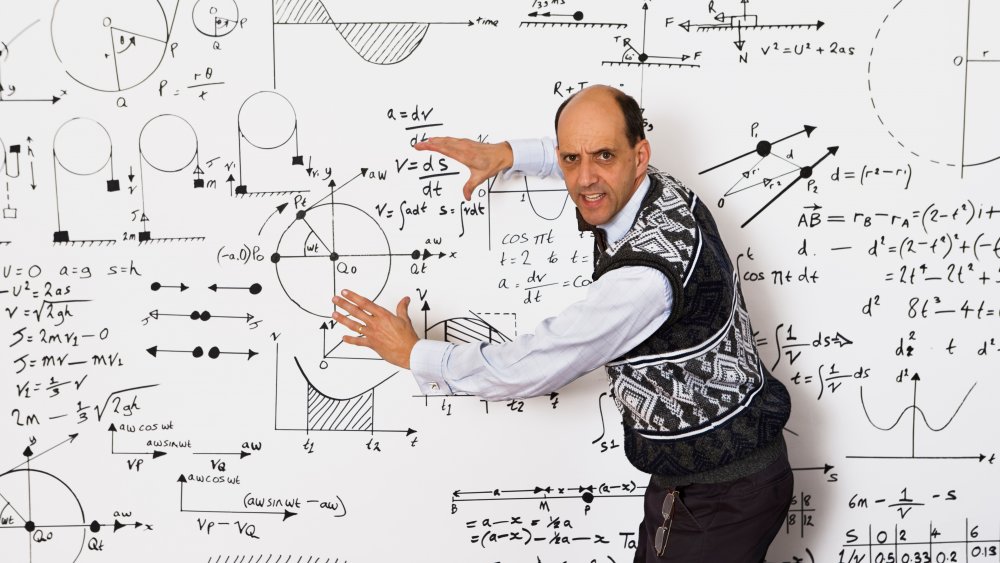The Hardest Unsolved Math Problem In The World
Singling out one math problem and proclaiming it harder than all others is kind of like raising multiple children — each is difficult in its own way. But we can at least narrow it down to six and simplify from there.
Our list of six is provided by the Clay Mathematics Institute, which announced "The Millennium Problems" in the year 2000.
The Millennium Problems were seven of the hardest unsolved math problems in the world, paired with a prize. Solve one and win a million bucks. If only Dr. Evil had a degree in math.
So far, only one of these eggs has been cracked, the Poincaré Conjecture, which was proven by Grigori Perelman in 2002 after standing unproven for 98 years. According to Medium, after four years of checking his work, The Clay Institute was ready to award him his prize, and so was the International Congress of the International Mathematical Union, which offered him the Fields medal — basically the Nobel Prize of mathematics.
Solving the hardest problem in the world for free
Poised for international fame and fortune, Perelman did what any true hero would do and turned them both down. His reasoning? "I'm not interested in money or fame. I don't want to be on display like an animal in a zoo. I'm not a hero of mathematics. I'm not even that successful; that is why I don't want to have everybody looking at me."
Fair enough, dude.
And then there were six, most of which have remained uncracked between 50 and 100 years, like Larry King's spine. Combined they might make for a decent album track list for a cerebral rapper: There's the P vs. NP Problem, the Riemann Hypothesis and the Yang–Mills and Mass Gap, along with the Navier–Stokes Equation, the Hodge Conjecture Birch and finally the Swinnerton-Dyer Conjecture.
While each problem (child) is loved equally in terms of difficulty, Navier-Stokes, which has to do with "equations that describe how water flows along a pipe," according to NPR, has been around since the 1800's, making it the longest standing problem on the list. As far as objective measurements go, that's about as close as you'll get. So if you're a genius with an eye for prestige, start there!

